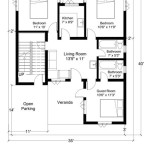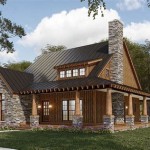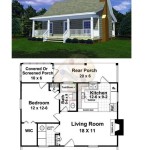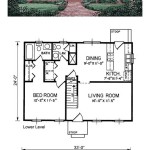Designing Energy-Efficient Homes: A Guide to Building for Sustainability
In today's world, sustainability is gaining increasing importance. This applies to our homes as well, where energy efficiency plays a crucial role in reducing our environmental footprint and saving money on utility bills. Designing a home with energy efficiency in mind requires careful consideration of various factors, from the initial planning stage to the choice of materials and appliances. This article explores key aspects of designing energy-efficient homes, offering practical tips and strategies for creating a comfortable and sustainable living space.
Optimize Building Orientation and Shape
The first step toward designing an energy-efficient home is to maximize passive solar heating and natural ventilation. This involves carefully considering the home's orientation and shape. South-facing windows are ideal for capturing sunlight during the winter months, while strategically placed overhangs can shade the windows during the summer, reducing heat gain. A compact, well-insulated home with a smaller surface area to volume ratio minimizes heat loss in winter and heat gain in summer. By optimizing these factors, energy consumption for heating and cooling can be significantly minimized.
For example, a home with a rectangular shape, as opposed to a sprawling design, can reduce the amount of exterior wall surface exposed to extreme temperatures. This helps in maintaining a comfortable internal temperature while reducing energy consumption for climate control. The layout of rooms can also be strategically planned to maximize natural light penetration and encourage cross-ventilation, further enhancing the home's energy efficiency.
Maximizing Insulation and Airtightness
Insulation and airtightness are fundamental to creating an energy-efficient home. Proper insulation acts as a barrier, preventing heat loss in the winter and heat gain in the summer. It is essential to select high-quality insulation materials that are appropriate for the climate and building design. Air leaks can significantly impact energy consumption, leading to wasted energy and increased heating and cooling costs. Therefore, sealing any gaps and cracks in the building envelope is crucial. This includes windows, doors, walls, ceilings and the foundation.
By carefully sealing air leaks, the home can maintain a consistent temperature, reducing the load on the heating and cooling systems. Proper ventilation, however, is also essential for maintaining healthy indoor air quality. It's important to strike a balance between airtightness and adequate ventilation to ensure a comfortable and healthy living environment.
Choosing Energy-Efficient Materials and Appliances
The materials used in building construction and the appliances chosen can significantly impact a home's energy efficiency. Selecting energy-efficient windows and doors with low-E coatings and high-performance glazing can significantly reduce heat loss and gain. Using energy-efficient building materials such as recycled or sustainably harvested lumber also contributes to a smaller environmental footprint. Choosing appliances with ENERGY STAR ratings ensures they meet specific energy efficiency standards, leading to lower energy consumption and cost savings.
For example, opting for a high-efficiency furnace or heat pump can drastically reduce heating costs compared to older, less efficient models. Choosing energy-efficient lighting fixtures, such as LED bulbs, can also significantly reduce energy consumption for lighting. These small adjustments in material and appliance choices can add up to substantial energy savings over the long term.
Beyond these key points, implementing renewable energy sources, incorporating smart home technology for automated temperature control, and prioritizing water conservation all contribute to creating a truly sustainable home. By taking a comprehensive approach to design and construction, homeowners can build a comfortable, functional, and energy-efficient home that reduces environmental impact and lowers energy costs for years to come.

Energy Efficient Home Design Plans Cad Pro

Energy Efficient House Plans Home Designs The Designers
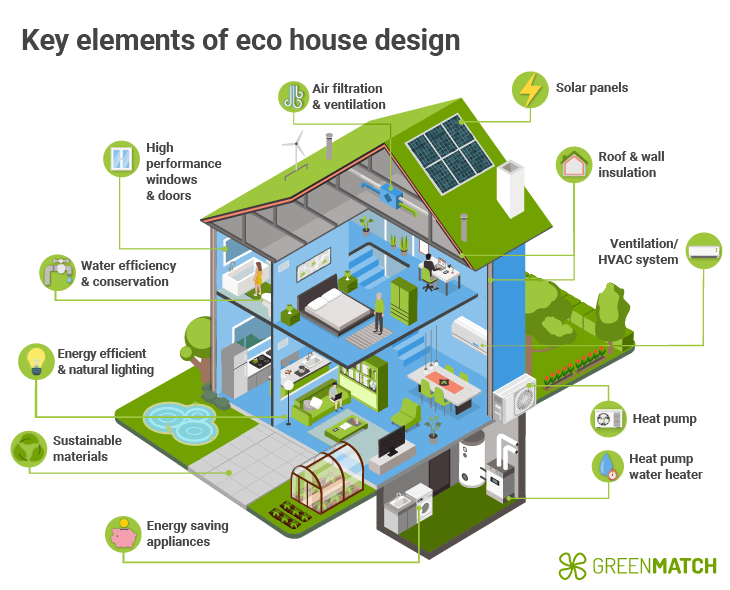
Eco Design Energy Efficient Homes Greenmatch Co
Seven Efficient And Flexible Floor Plans Builder

How To Build An Energy Efficient Home

Energy Efficient House Design

Net Zero Home Design Popular Plans Energy

Sustainable Building In 2024 Energy Efficient Kit Homes

Mortgages On Energy Efficient Homes More Successful U S Foundation

5 Affordable Ways To Design An Energy Efficient Home
Related Posts

